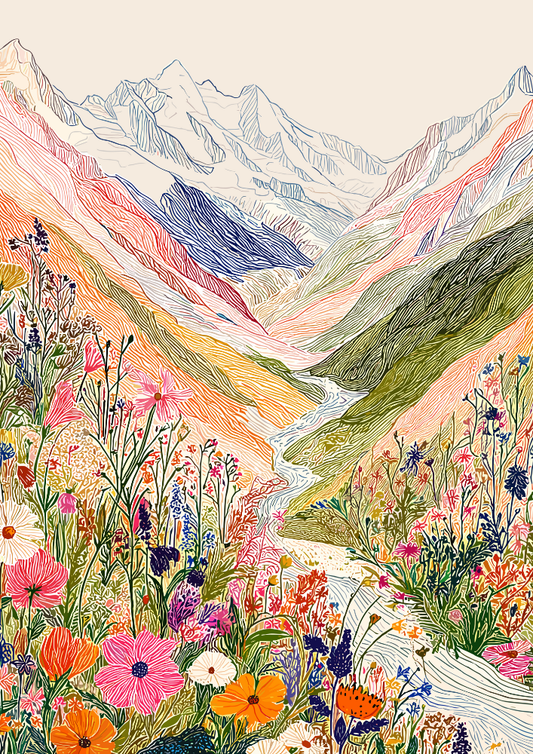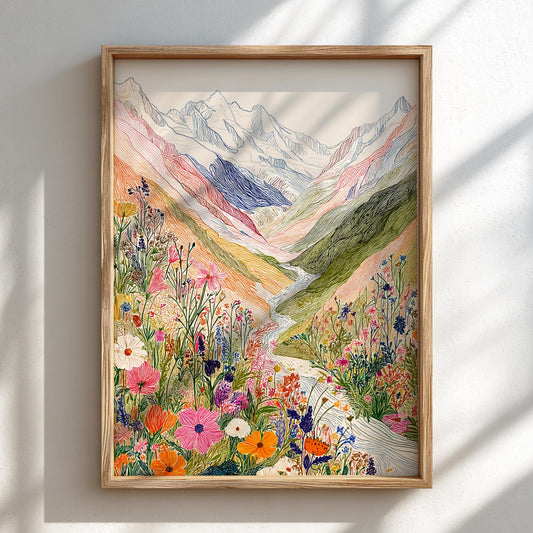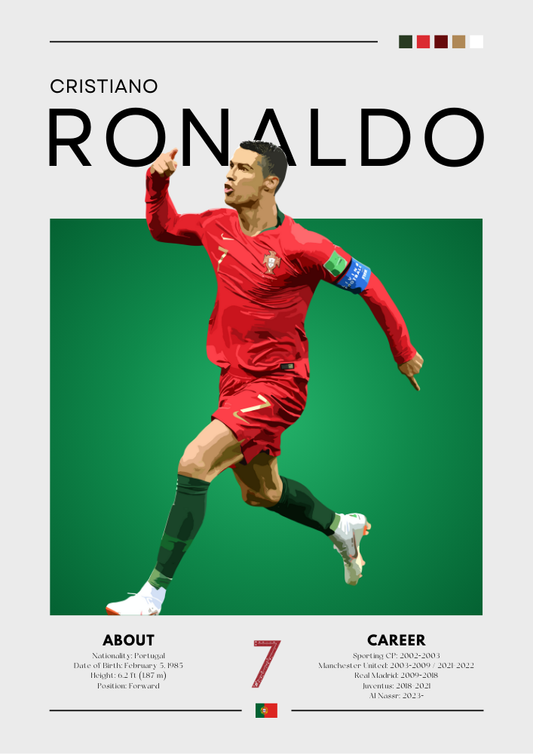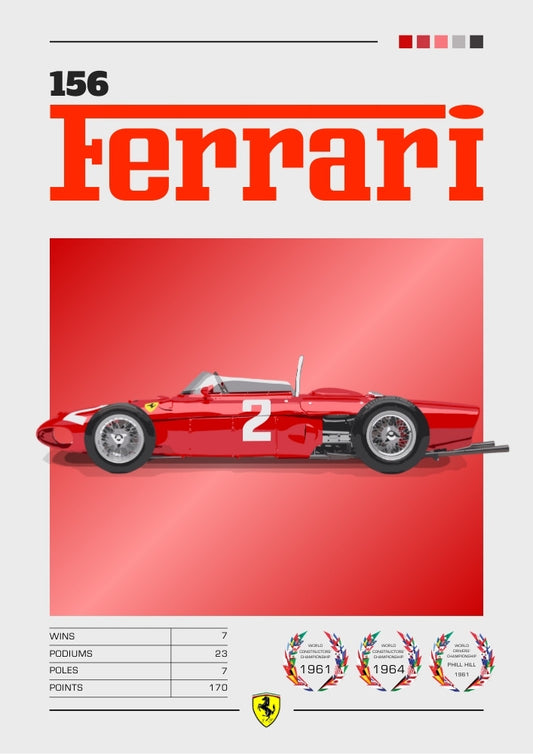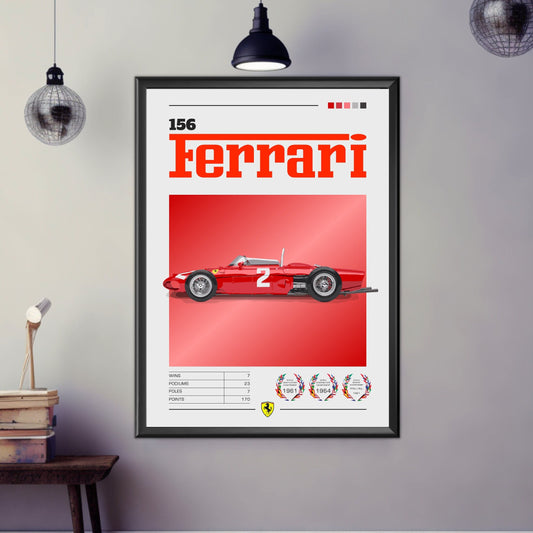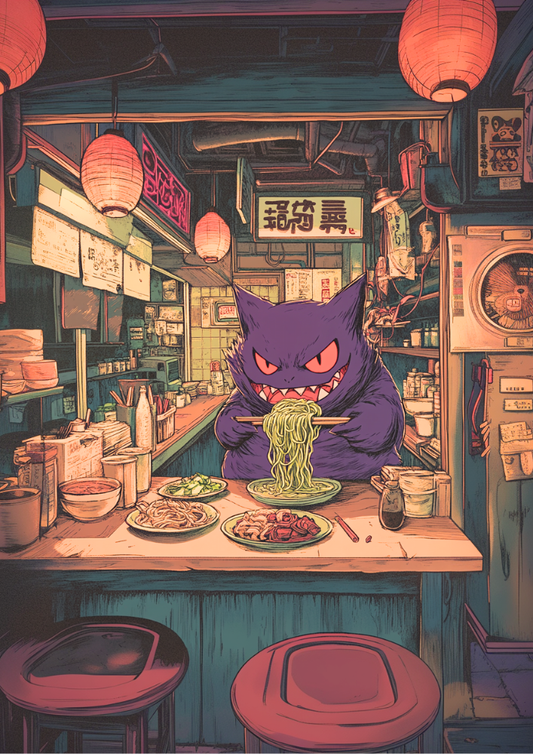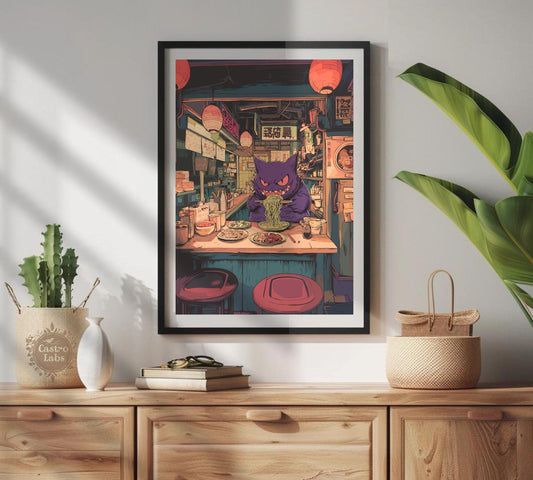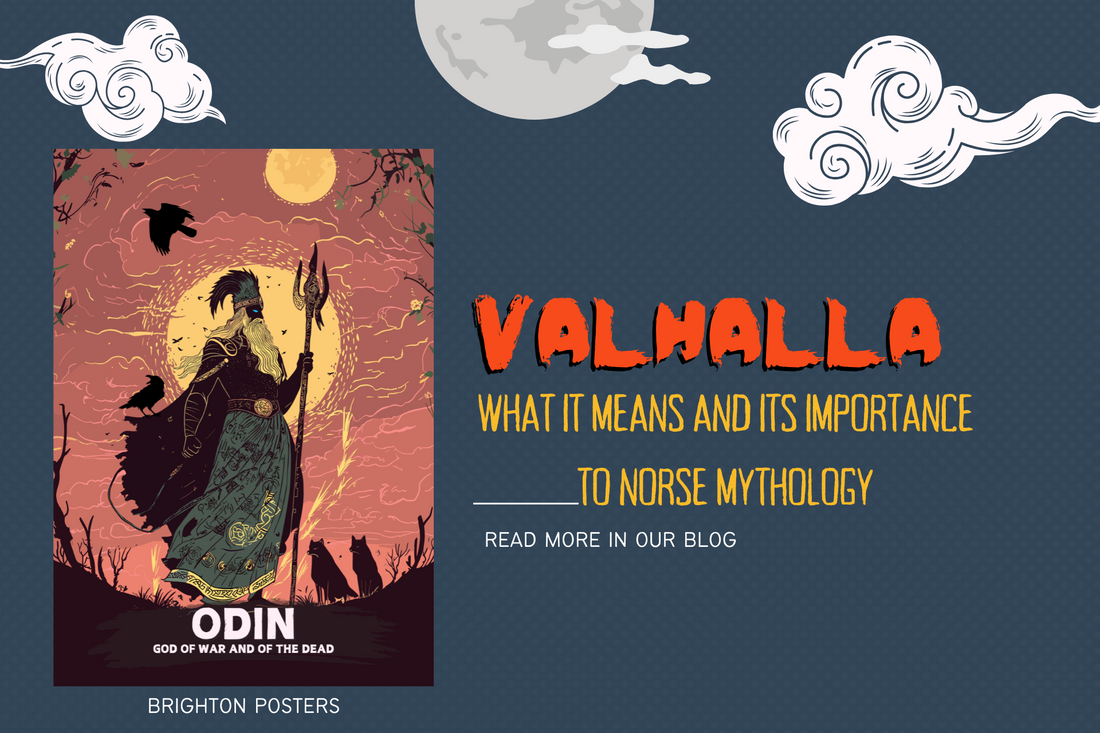
What Valhalla Means and Its Importance in Norse Mythology
Share
Few concepts from Norse mythology capture the imagination quite like Valhalla. A grand hall filled with brave warriors, a roof made of shields, endless feasts of boar and mead, and the god Odin himself presiding, it’s an image that has fueled centuries of fascination.
But Valhalla is more than just a dramatic afterlife story. It is a symbol of what the Vikings valued most: courage, honor, loyalty, and eternal glory. It is both a reward and a call to live fearlessly.
In this blog, we’ll dive deep into what Valhalla means, how it was described in Norse mythology, and why it mattered so profoundly to Viking society.
1. The Meaning of Valhalla
The word Valhalla comes from Old Norse Valhǫll, meaning “Hall of the Slain.”
It is located in Asgard, the realm of the gods, and is ruled over by Odin, the Allfather. This is not just any afterlife, it is reserved for warriors who died bravely in battle.
Unlike other realms of the dead, Valhalla was not a place of quiet rest. It was a hall of heroes, a warrior’s paradise, and the ultimate honor a Viking could achieve. To fall in battle and be chosen for Valhalla was to live forever in glory.
2. The Warriors of Valhalla – The Einherjar
The warriors who dwell in Valhalla are known as the Einherjar (“single fighters”). But they didn’t get there on their own.
Chosen by the Valkyries
After a warrior died in battle, it was the Valkyries, Odin’s shield-maidens, who chose whether the fallen would be carried to Valhalla. This selection was seen as the highest recognition of courage and valor.
Daily Life in Valhalla
In Valhalla, the Einherjar lived a cycle of battle and feasting:
-
Each day, they fought one another in glorious combat.
-
Each evening, they were restored, wounds healed, ready to feast and drink together.
This eternal rhythm prepared them for their ultimate duty: fighting alongside Odin in the apocalyptic battle known as Ragnarök.
3. The Hall of the Slain – Description of Valhalla
Norse mythology paints Valhalla as a magnificent palace, fit for gods and heroes alike.
-
Its roof was made of golden shields, gleaming like sunlight.
-
The rafters were spears, reminding all who entered that this was a hall of warriors.
-
The hall had 540 grand doors, each wide enough for 800 warriors to march through side by side, a symbol of its vastness and readiness for battle.
Inside, the Einherjar enjoyed a feast like no other:
-
They dined on Sæhrímnir, a magical boar that was slaughtered each day and resurrected each night.
-
They drank endless mead flowing from Heiðrún, a mythical goat that stood upon Valhalla’s roof.
This imagery wasn’t just about abundance, it symbolized eternal honor, eternal strength, and eternal reward.
4. Symbolism and Cultural Values
Valhalla wasn’t just a story; it was a mirror of Viking values.
-
Bravery: To reach Valhalla, one had to die courageously in battle. Cowardice or a dishonorable death meant exclusion.
-
Honor: Valhalla represented the ultimate reward for living according to Norse ideals of loyalty and duty.
-
Loyalty: Warriors trained and feasted together, reflecting the importance of bonds between comrades.
-
Eternal Glory: Unlike a quiet afterlife, Valhalla promised action, strength, and everlasting renown.
For Viking society, Valhalla was both motivation in life and comfort in death.
5. The Role of Valhalla in Norse Belief
For the Vikings, death was not an end but a transition. Yet not all destinations in the afterlife were equal.
-
Valhalla was the highest honor, reserved for those who fell bravely in battle.
-
Other souls might go to Hel, a more neutral realm for those who died of old age or illness.
This distinction elevated the act of dying in combat to something sacred. It explains why Viking warriors were often described as fearless in battle, they saw death not as failure, but as the doorway to eternal glory.
6. Valhalla and Ragnarök
The Einherjar’s eternal cycle of fighting and feasting had a purpose: to prepare for Ragnarök, the Norse apocalypse.
At Ragnarök, the gods themselves would face off against giants, monsters, and forces of chaos. Odin would lead the Einherjar into battle, riding forth from Valhalla with an army of the slain at his side.
This belief gave Valhalla a cosmic importance. It wasn’t just a paradise, it was a training ground for the end of the world.
7. Lasting Importance and Modern Influence
Valhalla wasn’t just important to ancient Vikings; it continues to resonate today.
Cultural Legacy
-
For Vikings, Valhalla inspired warriors to embrace courage and loyalty, shaping the cultural identity of an entire people.
-
The concept of a warrior’s paradise is echoed in many later cultures and mythologies.
Modern Influence
-
Valhalla is referenced in literature, films, video games, and even heavy metal music.
-
It has become a symbol of heroic endurance, sacrifice, and eternal honor.
-
From Marvel’s Thor films to pop culture references, Valhalla still captures our imagination.
8. Conclusion – Valhalla’s Meaning and Importance
So, what does Valhalla mean in Norse mythology?
It is the “Hall of the Slain”, a magnificent hall in Asgard, ruled by Odin, where the bravest warriors feast and fight forever until Ragnarök.
But its importance goes beyond myth. Valhalla reflects the Viking worldview: that courage in life leads to glory in death, and that honor and loyalty are worth more than mere survival.
For the Norse, Valhalla was both an afterlife and an ideal, a reminder to live fearlessly, fight bravely, and seek eternal renown.
Are you interested in Norse mythology and you want a statement poster for your wall decor? This collection here is for you: https://brightonposters.com/collections/norse-mythology-posters

